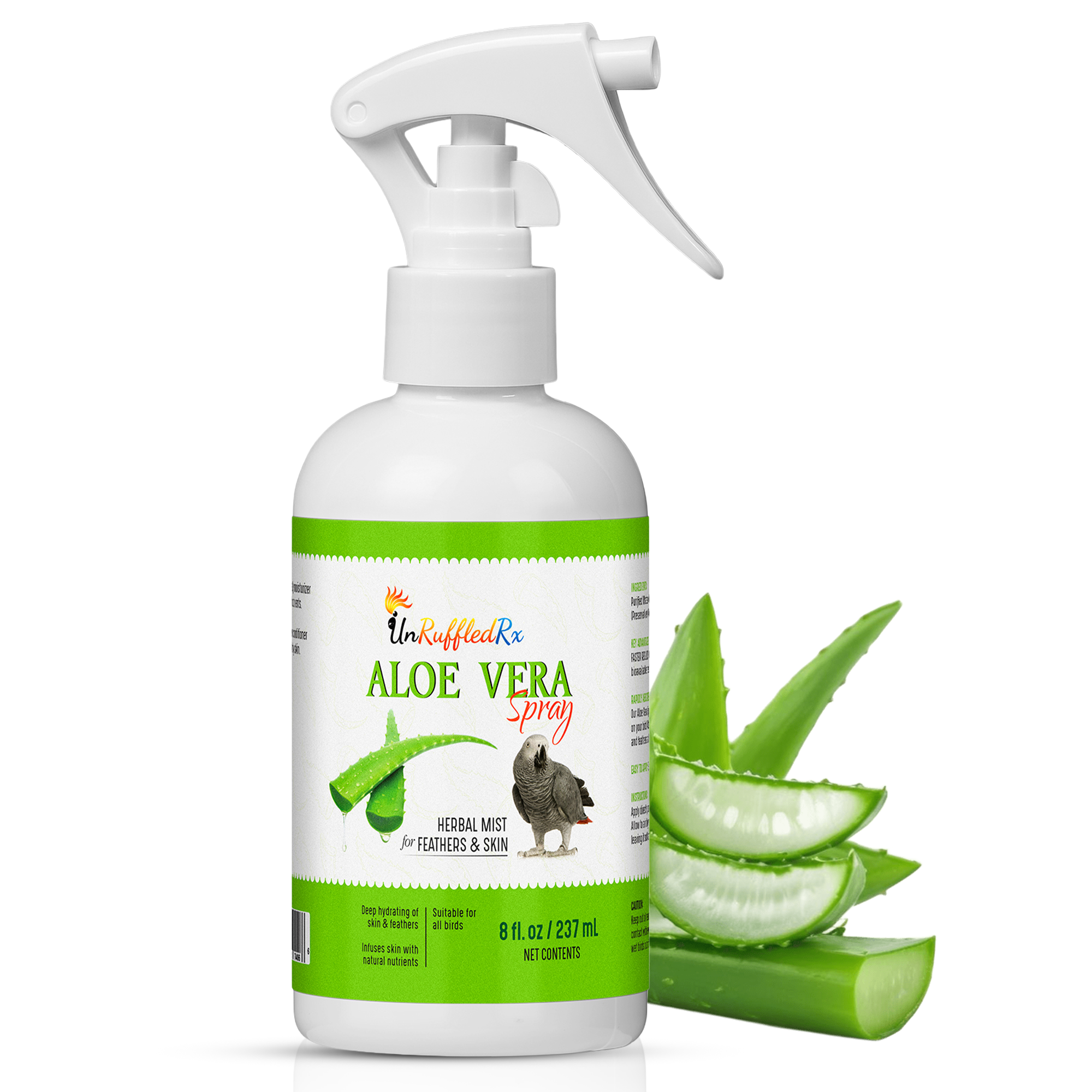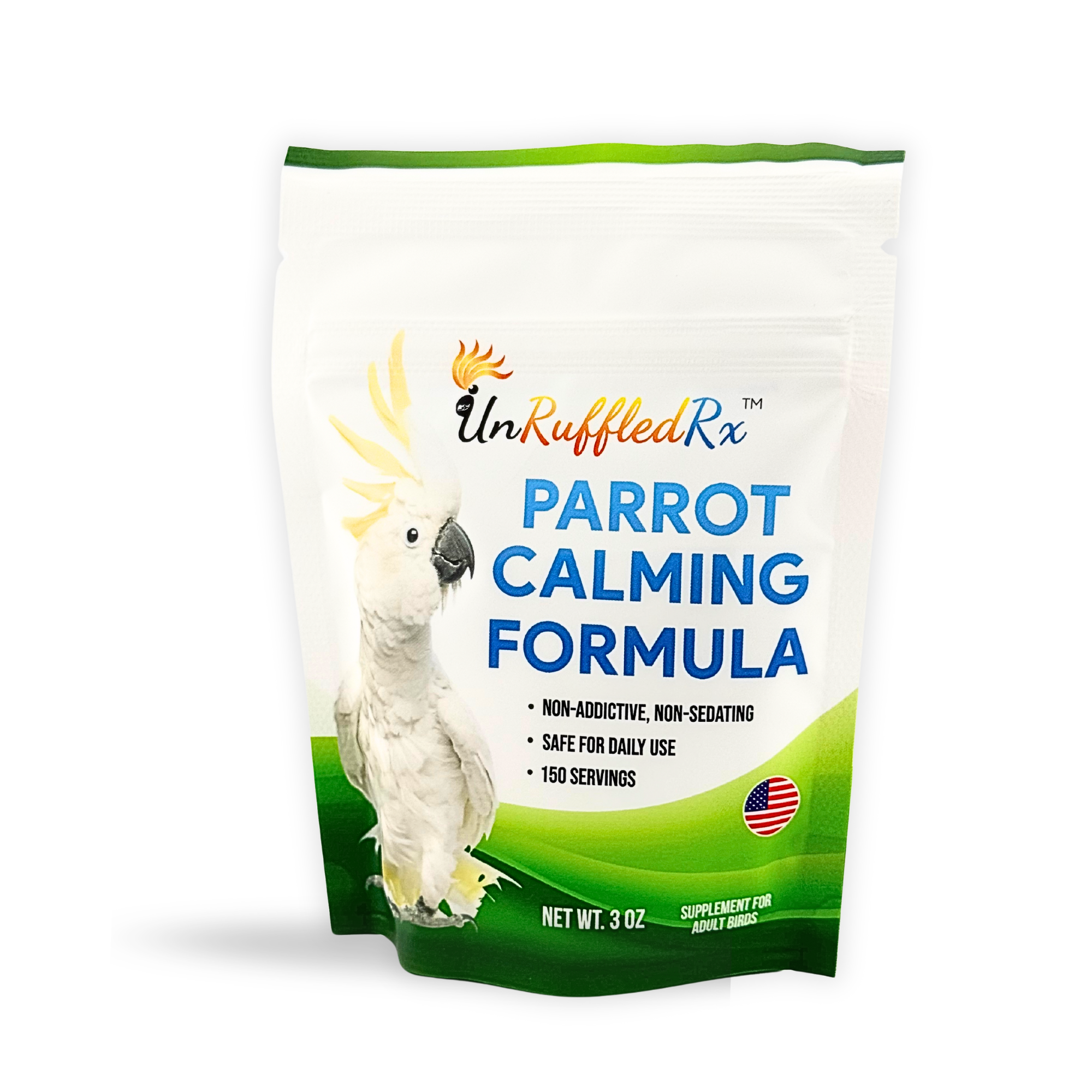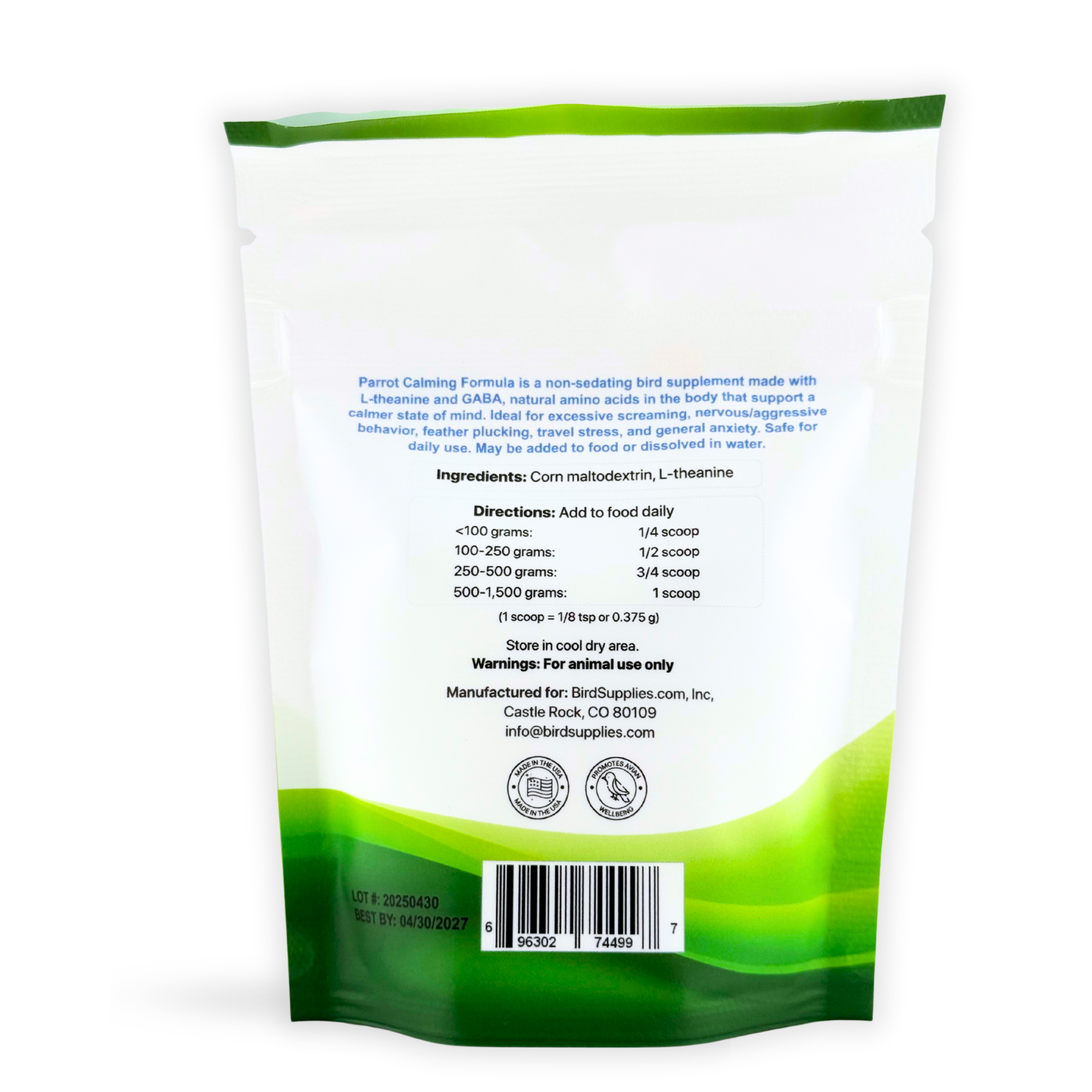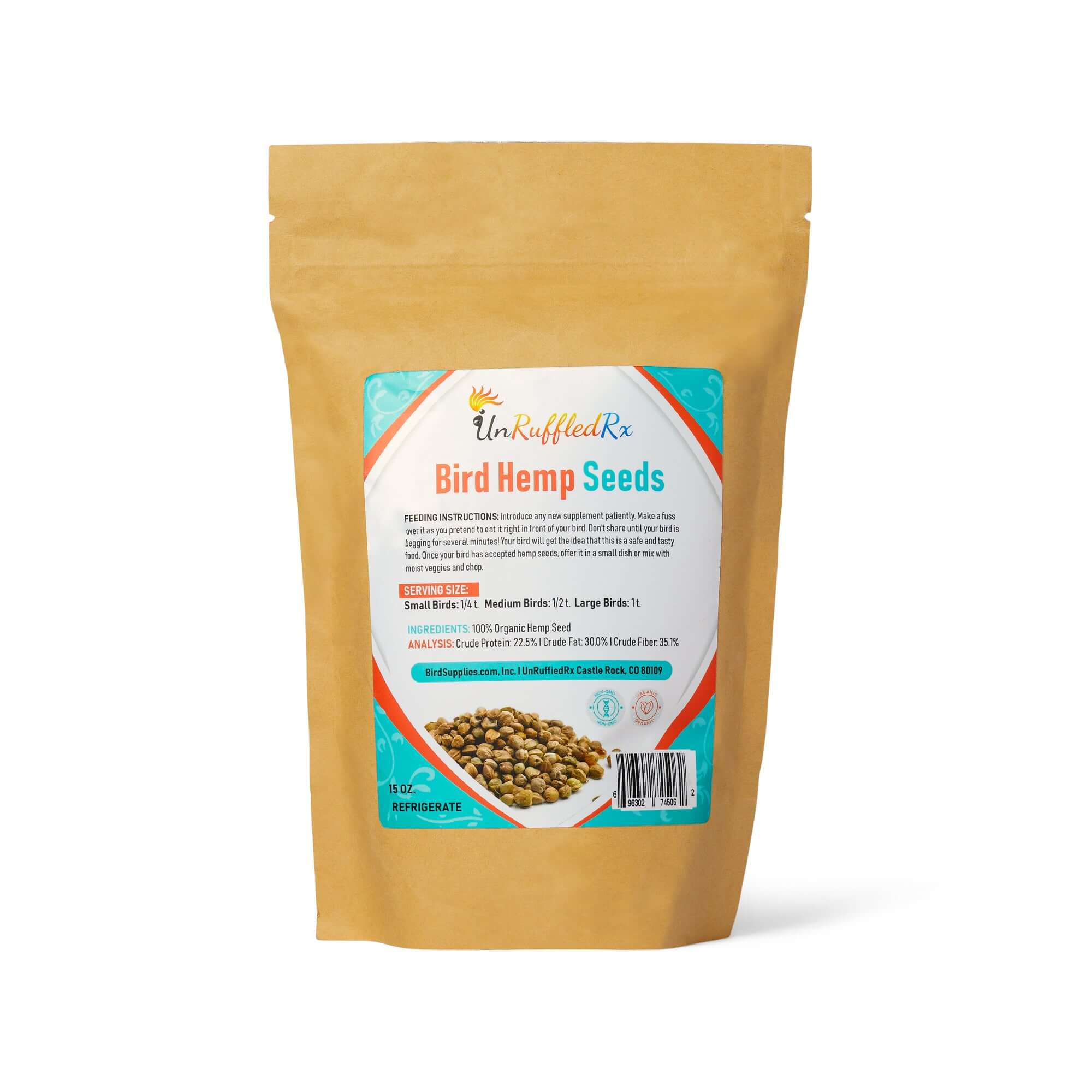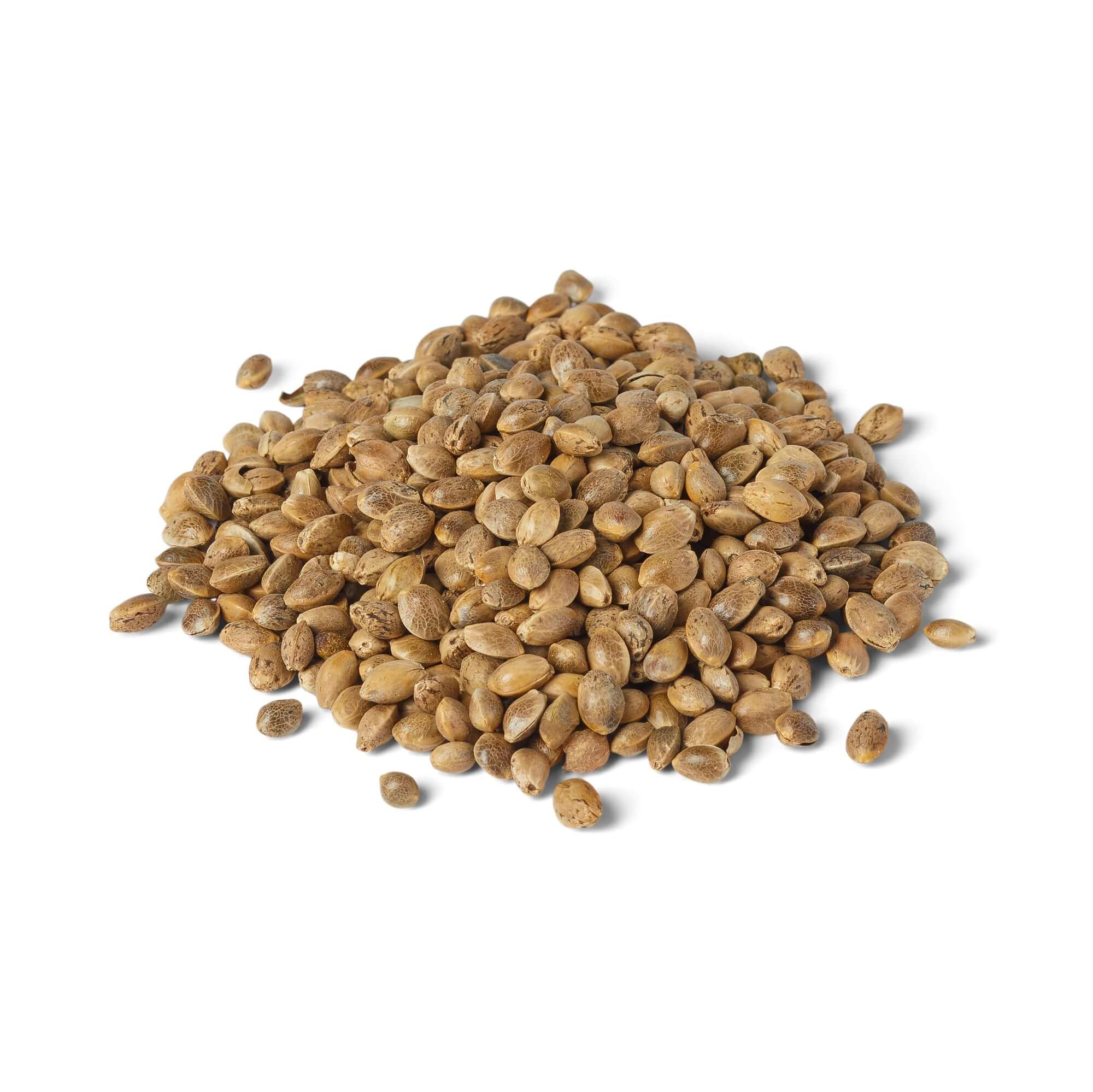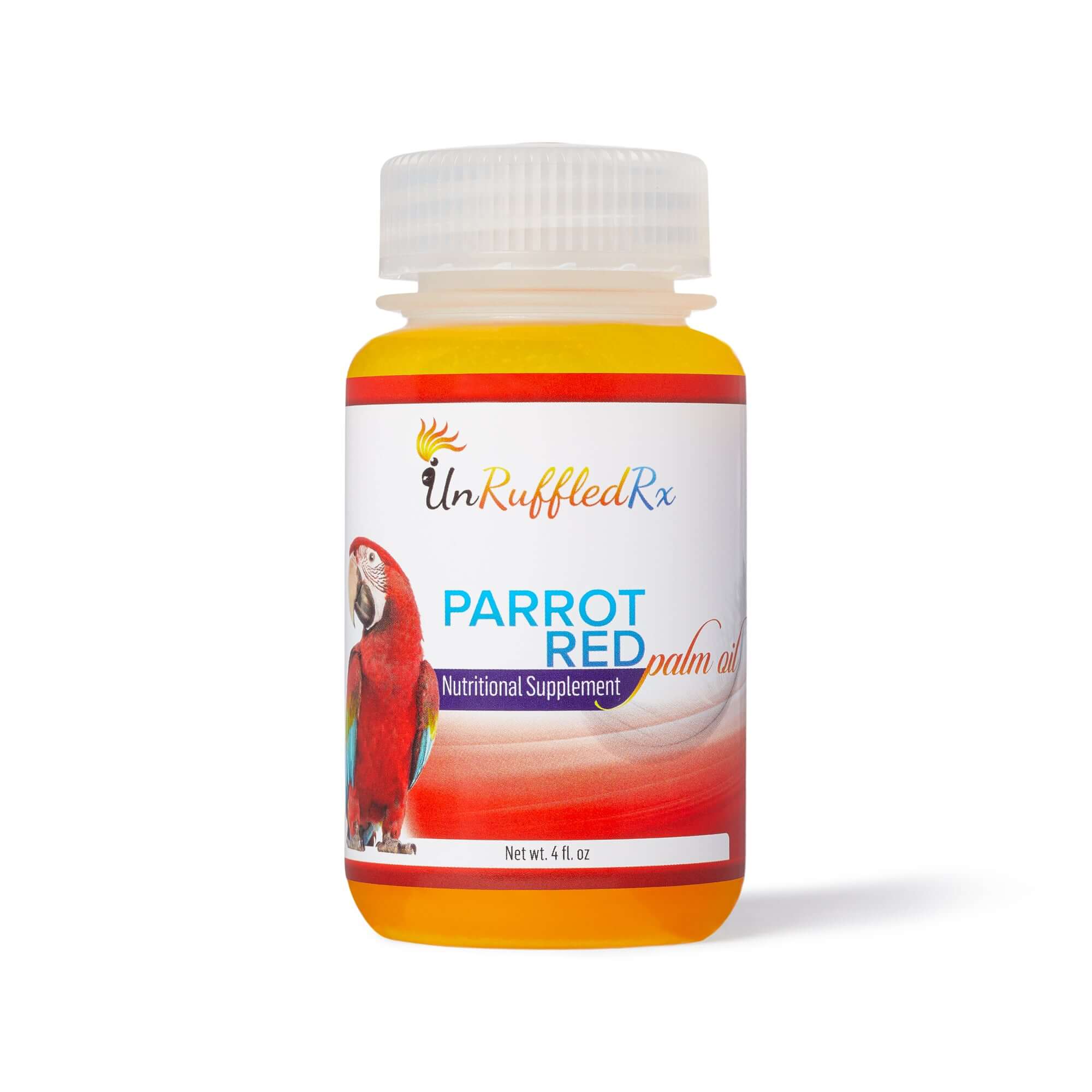- Understanding Disaster Risk: Why You Need a Pet Emergency Kit
- Preparing Pet/Bird Carriers
- Organizing a Pet Emergency Kit
- Assembling a Plastic Bin for Additional Supplies
- Important Documents to Include
- 🌀 Parrot Emergency Evacuation Checklist
- Final Thoughts
For pet owners, especially those with birds, being prepared to evacuate at a moment's notice is essential—not just for your safety, but for your pet’s too. Natural disasters like hurricanes, wildfires, and tornadoes can happen with little warning. Having a plan in place and a fully stocked Pet Emergency Kit makes all the difference in minimizing stress and ensuring your pet's survival and comfort during uncertain times.
Understanding Disaster Risk: Why You Need a Pet Emergency Kit
Building a Pet Emergency Kit isn't just a smart idea—it's a must. Insurance data shows that certain disasters happen far more often than people think, and they lead to the highest rates of evacuation and property loss. These include:
- 🔥 Wildfires – Common in the West; fast-moving and unpredictable
- 🌪️ Tornadoes – Tear through the Midwest with little warning
- 💧 Floods – The most widespread and expensive natural disaster in the U.S.
- 🌬️ Hurricanes – Devastating storms that affect coastal and inland regions alike
- ⚠️ Man-made events – Like chemical spills, train derailments, and power grid failures
Just like Zillow or Redfin might warn you that your home is in a high-risk zone, it’s smart to treat your parrot’s safety with the same urgency. Disasters can escalate quickly, and when you have pets, evacuation gets more complicated—and stressful. Prepping now gives you peace of mind when every second counts.
If you had to leave in 5 minutes, would your pets be safe?
"It won’t happen to me" isn’t a reliable strategy. Instead, proactive pet disaster preparedness is key. That means having your bird’s carrier, documents, and Pet Emergency Kit packed and ready to go at all times. Pets rely on us for their safety, and with a bit of planning, we can protect them when disaster strikes.
Preparing Pet/Bird Carriers
Each pet bird should have its own designated, secure travel carrier.
Label each carrier in advance with your bird’s name, species, your contact info, and your vet’s details. Add a note that says “REWARD WHEN RETURNED TO OWNER” to encourage safe returns if you get separated.
Line the bottom with absorbent materials, attach spill-proof food and water bowls, and check that the carrier doors are secure. Consider adding latches or zip ties for extra safety during transport. Include a familiar toy or perch to reduce stress. Practice placing your bird in the carrier regularly using positive reinforcement so it becomes a familiar routine—not a panic moment. This can help avoid frantic flapping and potential injuries during an already stressful event.
Organizing a Pet Emergency Kit
Your Pet Emergency Kit should be stored in a waterproof, sealable plastic bin for quick access. Here’s what to include:
- 5–7 day supply of bird-safe food and clean bottled water
- Food and water bowls that attach to the carrier
- Bird-safe disinfectant (e.g., food-grade hydrogen peroxide)
- Paper towels for quick clean-ups
- Basic first aid kit (including styptic powder)
- Contact info card and emergency vet details
- Bath towel (for handling or covering the carrier)
- Recent photo of your bird, leg band/microchip numbers
- Bird harness for supervised outings
- Bird Calming Products
- Any medications your bird takes regularly
- Parrot calming formula to ease stress during transport
- A few treats or enrichment items to help comfort your bird
This kit should be reviewed and refreshed every six months to replace expired items and adjust to your bird’s current needs.
Assembling a Plastic Bin for Additional Supplies
Evacuations trigger sky-high anxiety—for you and your bird. In the rush of an emergency, it’s easy to forget essentials or scramble to find calming tools when stress is already maxed out. That’s why pre-packing a well-organized evacuation kit is key. Choose one that’s lightweight and easy to grab, then group supplies by category:
- Food
- Health
- Comfort
Label everything clearly so even a friend or neighbor can step in and help. When panic hits, you’ll be thankful your bird’s go-to items for calm and comfort are ready to go.
In addition to supplies for your bird, consider packing a small section for yourself: medications, flashlight, batteries, a change of clothes, and snacks. Having everything in one place makes the evacuation process faster and less stressful.
Important Documents to Include
- Proof of ownership (adoption papers or purchase receipt)
- Recent photo of your bird for identification
- Health certificate with current vaccination records
- Medical records for chronic conditions or medications
- Contact list: your vet, emergency vet, and bird-friendly shelters
- Copies of your ID and insurance information (in case you're traveling out of state)
Keep these in a waterproof sleeve or zip-top bag inside your emergency bin. Scan copies to a secure cloud folder for added peace of mind.
🌀 Parrot Emergency Evacuation Checklist
✅ Basic Emergency Kit for Your Bird
- Travel carrier with perch (secure, ventilated, and labeled)
- 7-day supply of food and water (pellets, dry chop, bottled water)
- Food and water bowls that attach to carrier
- Parrot Calming Formula to curb anxiety
- Cage cover or towel (for calm and privacy)
📂 Important Documents
- Vet records and vaccine info (hard copy or waterproof sleeve)
- Emergency contact sheet (vet, avian rescue, family)
- Recent photo of your bird (for ID if lost)
- Microchip info or leg band number
🧳 Human + Bird Grab-and-Go List
- Medications (yours and your bird’s)
- Power bank for phone
- Wet wipes + gloves
- Small blanket or pillowcase (for swaddling if panicked)
🚗 Evacuation Prep
- Keep gas tank ¾ full at all times during storm season
- Pre-load directions to shelters or hotels that allow pets
- Keep your parrot’s carrier near the front door—ready to go
- Practice loading your bird into the carrier weekly (positive reinforcement!)
📍 Know Where You’ll Go
- Call ahead: Which shelters, family, or friends will take you with your bird?
- Have at least two routes planned (map or GPS screenshot)
Final Thoughts
Preparing for natural disasters can be overwhelming, but with a solid plan in place, you can ensure the safety of both you and your feathered companions. Understanding the frequency of evacuations common in recent years, having your pet carriers and emergency kit ready, and organizing important documents ahead of time are all crucial steps. Remember, in a crisis, every second counts. By taking action now, you’ll not only protect your bird’s well-being, but you’ll also find peace of mind knowing you’re prepared for anything nature throws your way.
Stay safe, and be ready. You’ve got this!
Related Posts:
Emergency Preparedness For Parrots
How To Care For Your Birds Respiratory System When Wild Fires Are Raging
Common Sayings About Parrots
7 Common Causes of Bird Scratching
The 10 Best Talking Birds
How To Care For A Parrot
References:
Federal Emergency Management Agency. (n.d.). Prepare your pets for disasters. Retrieved from https://www.ready.gov/pets
American Red Cross. (n.d.). Pet disaster preparedness. Retrieved from https://www.redcross.org/get-help/how-to-prepare-for-emergencies/pet-disaster-preparedness.html
Link to this blog
Burroughs, D. (2024, October 3). Planning ahead: Evacuating with pets in natural disasters. Bird Supplies. https://birdsupplies.com/blogs/news/planning-ahead-evacuating-with-pets-in-natural-disasters
Diane Burroughs, LCSW, is a licensed psychotherapist specializing in avian anxiety disorders, nervous bird behaviors, and overall bird care. With training in ABA therapy and certification in Nutrition For Mental Health, Diane has authored several books on bird behavior and offers expert consultations for resolving issues like feather plucking and bird anxiety..
Her work has been featured in the Journal of Avian Medicine and Surgery and presented at Exoticscon. Diane also mediates the Feather Plucking Help group on Facebook, offering support to parrot owners. With over 30 years of experience, Diane has developed thousands of successful individualized behavior plans, promoting parrot wellness and excellent bird care.
TAGS: #PetEmergencyKit #PetDisasterPreparedness
SHARING IS CARING! 📣
Love what you read? Help spread the word on Facebook & Instagram 🌟
💬 Leave a comment below and let us know your thoughts!






